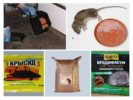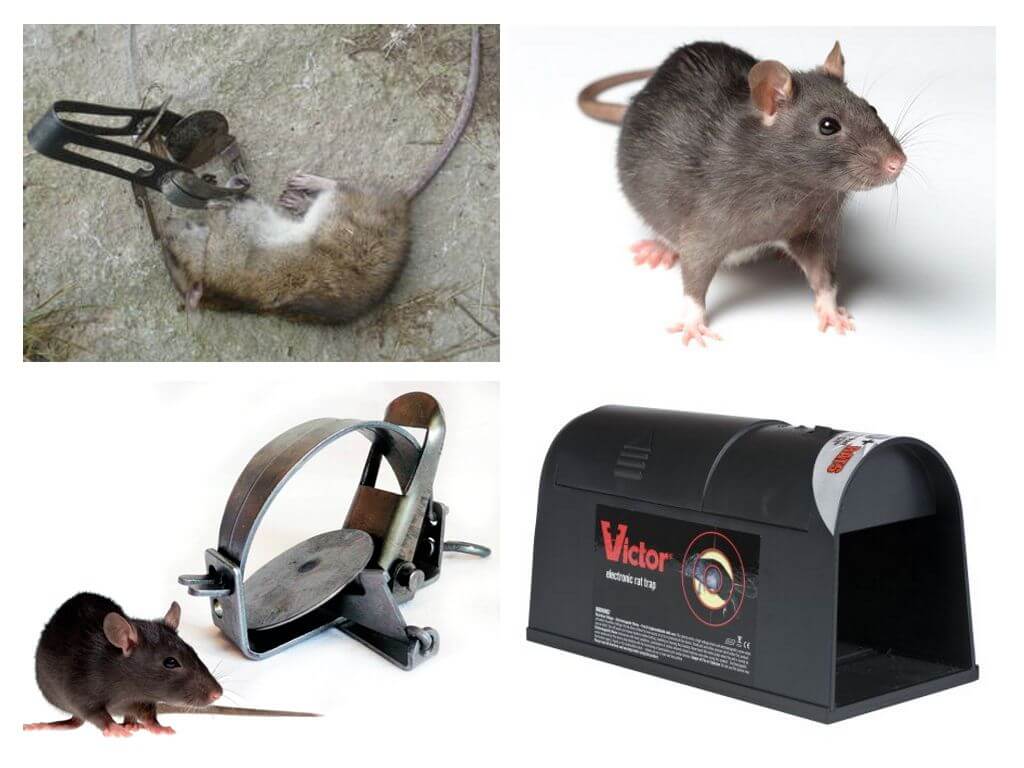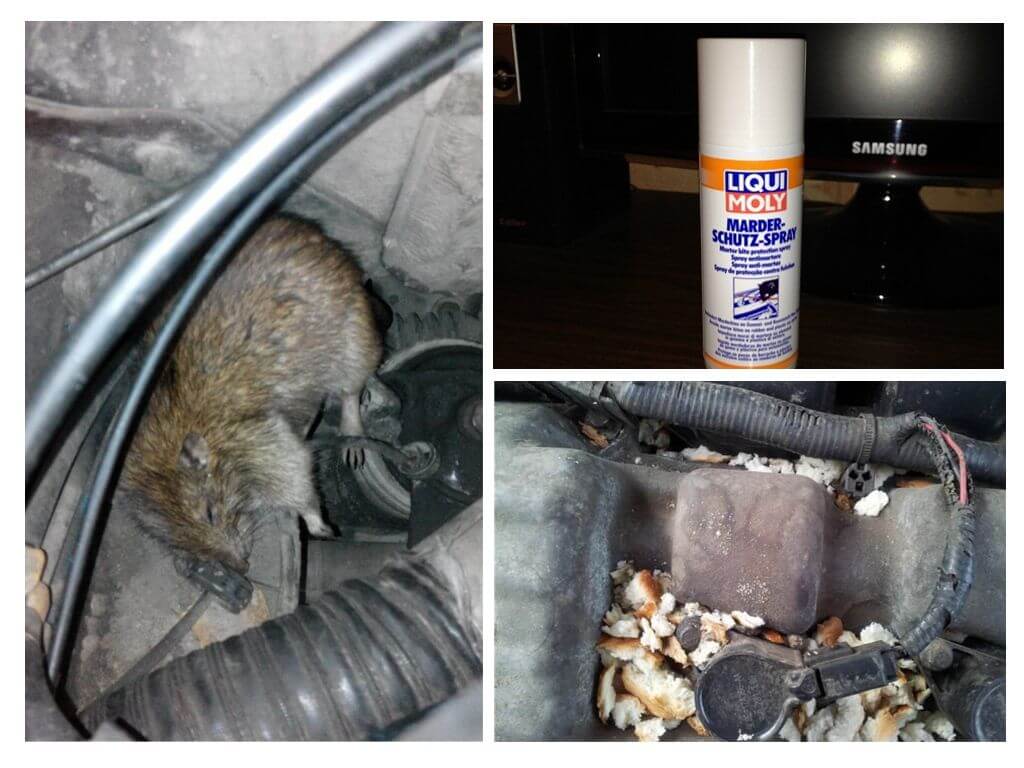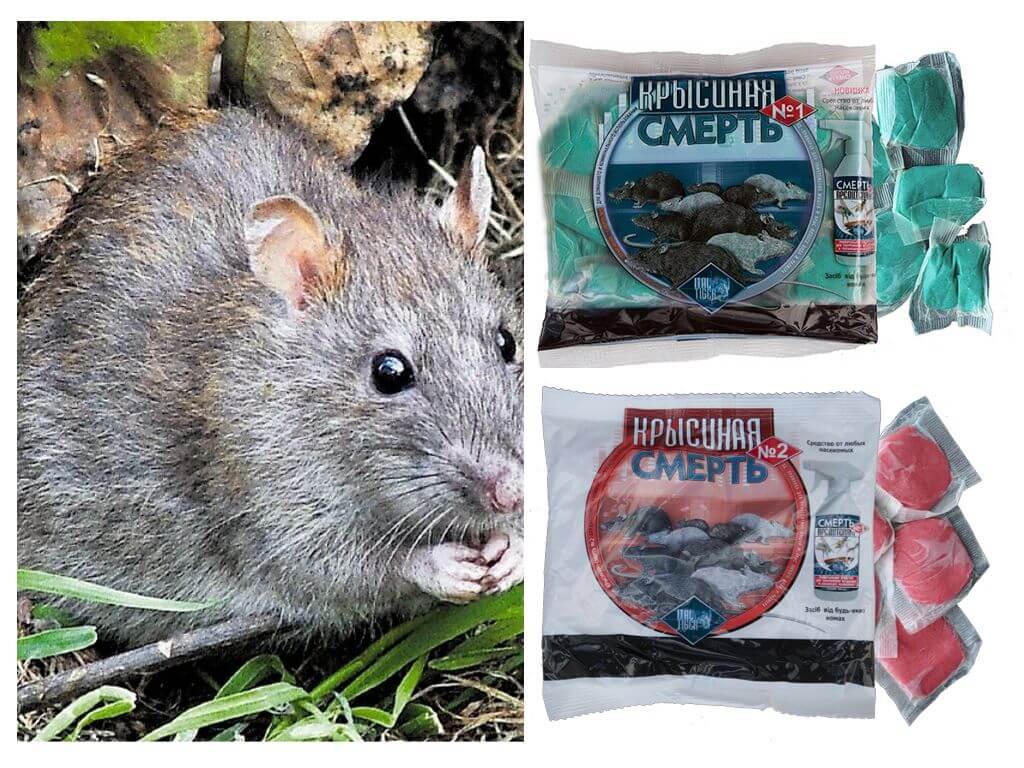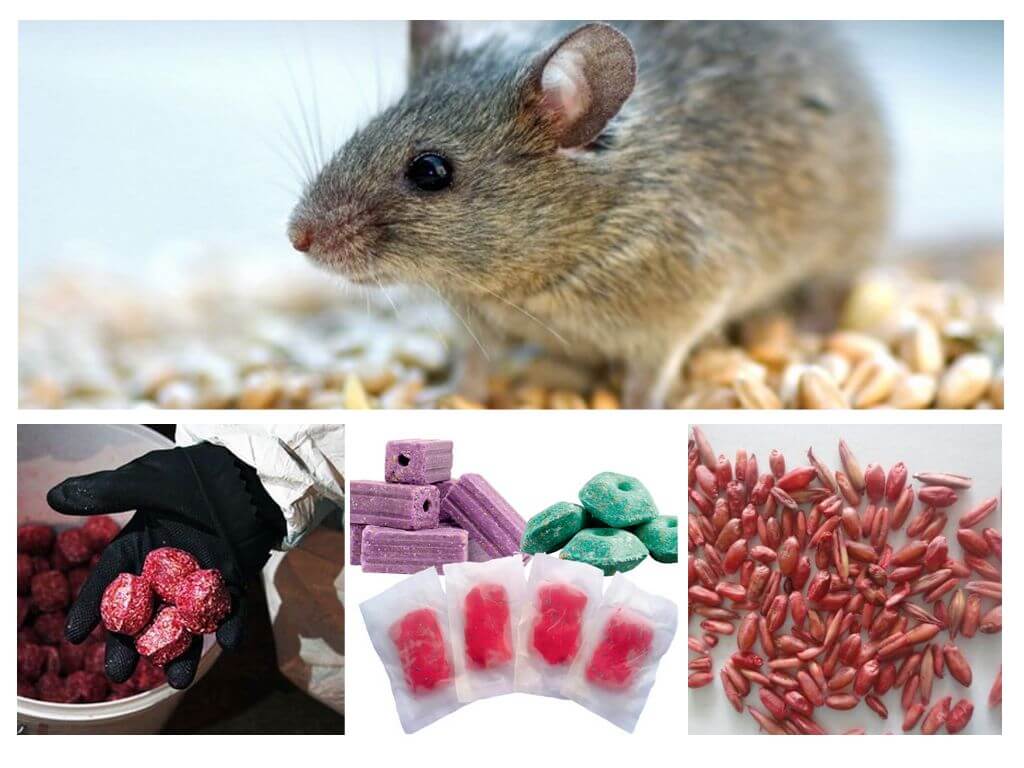- Rat poison
- Poison for rats
- Poisoning
Rat poison is one of the most convenient, effective remedies for large, small rodents. It is used indoors, outdoors. The use of a toxic drug provides for compliance with safety measures. Since poisoning can not only pests, but also pets, people.
Features of the drug
Before using poison for rodents, it is necessary to understand how rat poison works when pests die after eating the bait.
Rat poisons are divided into several groups.
- With instant sharp action. The rodent dies almost in place when a poisonous substance enters the stomach. This group includes poison for rats with a mummifying effect. Their feature is the presence of special substances in the composition, which trigger the process of mummification after the death of a rodent. There is no unpleasant smell of decay, decomposition. The body just dries slowly.
- With prolonged, chronic action. The rodent lives under the influence of a toxic substance for 1 to 2 weeks. Depends on the concentration of the toxic substance in the body. This group includes anticoagulants. Active substances affect the circulatory system, disrupt the coagulation process. Animals die from profuse internal bleeding.
Each poison has its own characteristics of action. Some substances disrupt the digestive system, others block breathing, others affect the nervous system, driving the rodent crazy.
The appearance of poison for rodents
What does rat poison look like, people who periodically or constantly deal with pests know. The rest of the population has no idea about the appearance of the poison.
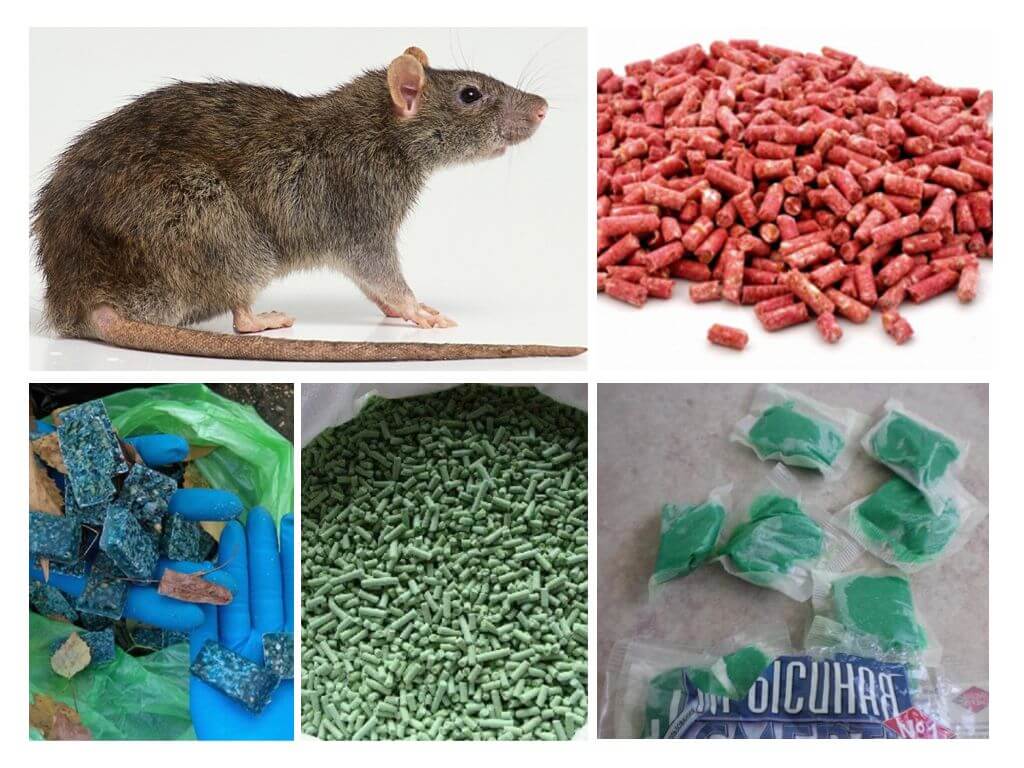
The toxic substance is released in the form of a powder, small granules. It is sold in friable, pressed form - tablets, briquettes. Rat poison is released odorless or with the addition of flavors to attract the attention of rodents. Color may vary.
On a note!
The texture of the drug allows you to use it in 2 versions - sprinkle on the floor surface, mix in the bait, lay out in its original form. Rodents poison when eating bait, trying to clean paws, tummy from pollution.
Scattered powder, strange granules, strange pills can be poison for rodents. It is necessary to be vigilant, do not touch, do not taste.
Features of the composition
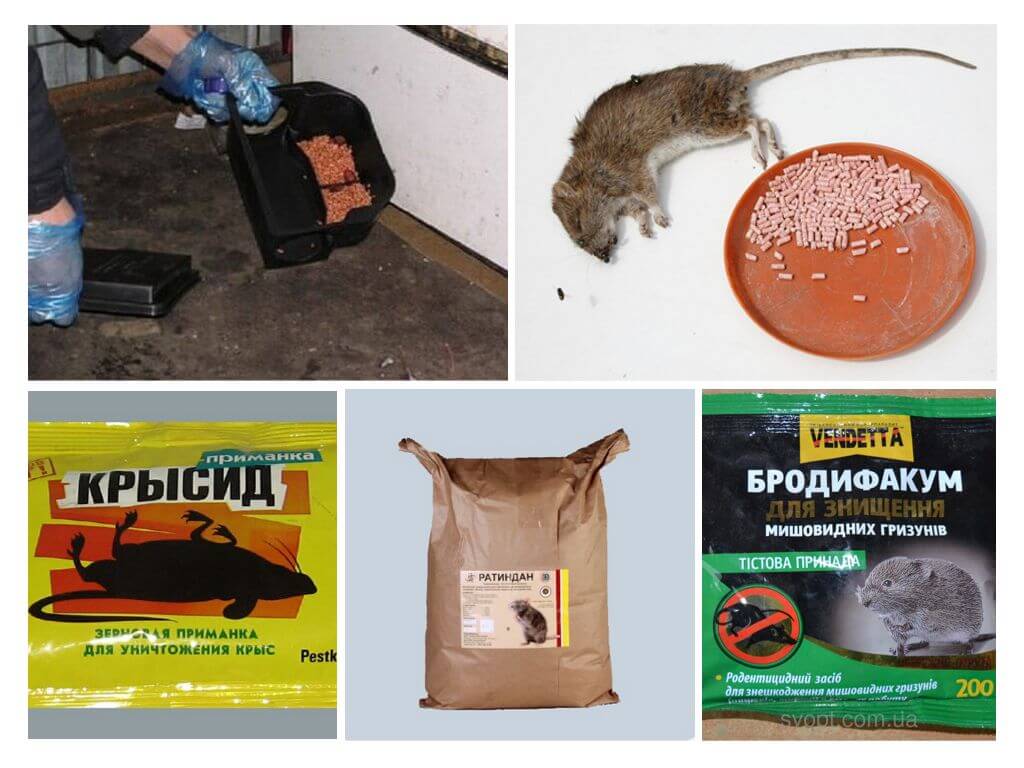
There are several groups of poisonous drugs. The composition of rat poison determines the effect of the drug.
- The first drugs to kill rats were produced on the basis of arsenic, strychnine, lead, yellow or white phosphorus, thallium sulfate. Active components have a quick effect, cause terrible food poisoning, severe intoxication. It is enough for the animal to try the bait to get a lethal dose. After some time, the production of these types of rat poisons was stopped, citing a serious danger to human health and other animals.
On a note!
Despite the prohibition of specialists, potent substances continue to be used by people in everyday life to destroy rodents.Endangering your own health and the lives of those around you.
- The next generation of drugs for the extermination of rats was Brodifacum, Difenacum, Flocusafen, Bromadiolone with active components of the same name. Such toxic agents include poison rat death. A separate place is taken by the drug Krysid based on zinc phosphide. As well as poisons with sodium silicofluoride in the composition, glyphor, glomurite. Drugs quickly destroy rodents, they are not dangerous for humans, subject to instructions and safety rules.
- Drugs with cumulative prolonged action are called a new generation of rodents. Rat poison disrupts the circulatory system, promotes coagulation, causes internal hemorrhage. Symptoms of intoxication are present, but to a small extent. The active substance is zookumarins. The most famous drugs are Ratindal, Warfarin, Isoindan, Ethylphenacin.
On a note!
Rats, when using anticoagulants, do not understand where the danger comes from, continue to eat the bait with poison. After about a week, internal hemorrhage occurs. There is a significant drawback - rodents gradually develop immunity to zoocoumarins.
Threat to humans
Whether rat poison is dangerous to humans depends on several factors. The consequences are different - from mild malaise to death. The result is affected by:
- active component of rat poison;
- human health status;
- age;
- dose of poison that has entered the body;
- liver activity.
When working with poison, safety measures must be observed - use rubber gloves, do not smoke, do not eat food, do not touch your face with your hands. After completing the procedure, discard gloves, wash hands with soap.
Poisoning with human rat poison occurs when poison enters the stomach. Symptoms depend on the action of the active component. Severe intoxication with dizziness, vomiting, diarrhea, loss of consciousness when using the drug with instant action. Slow deterioration of health from anticoagulants.
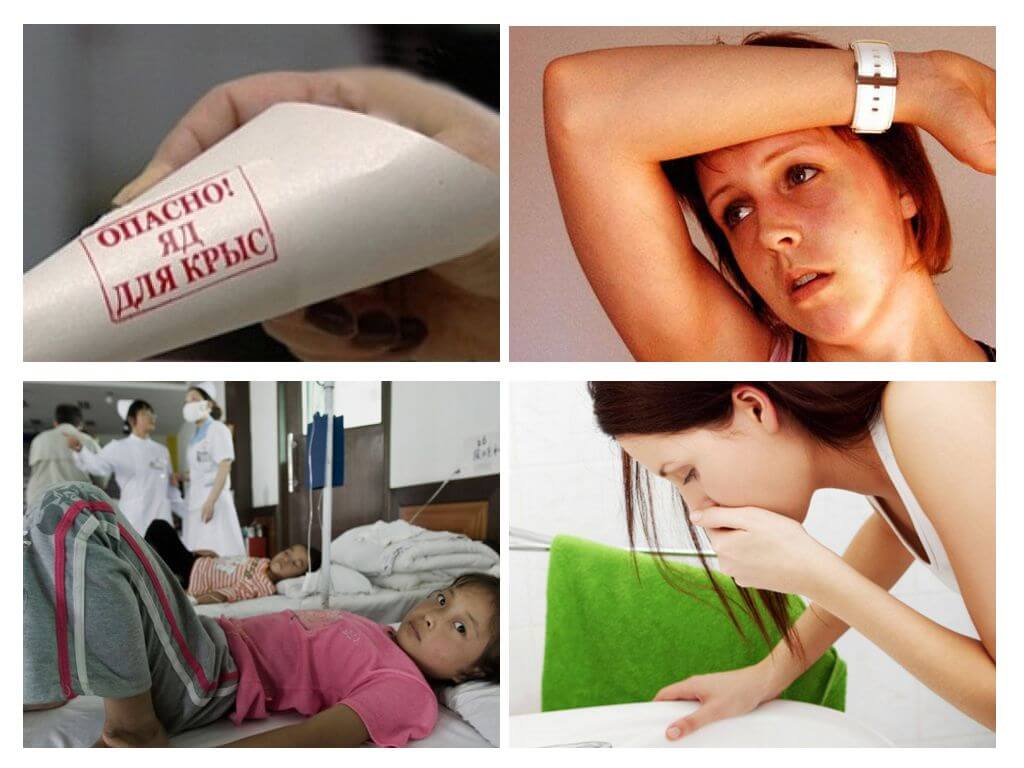
Rat poison can be poisoned accidentally or intentionally. The first case occurs when the poison is eaten by young children, the second - when an adult wants to commit suicide. The lethal dose when using instant drugs 300 mg per 1 kg of body weight, prolonged - about 60 mg.
Important!
With a small dose of poison in case of accidental ingestion of it into the stomach, the liver can cope. The body removes toxins, breaks down dangerous compounds, and produces substances as opposed to anticoagulants. If there are liver diseases, the body is weakened, the consequences are tragic.
The likelihood of death increases with the use of prohibited first-generation drugs, non-compliance with safety rules. It is necessary to place rat poison in places inaccessible for small children and pets. To reduce the risk of poisoning to a minimum, it is recommended to call specialized rat killing services.
Symptoms of Poisoning
Appear after poisoning in the stomach within 30 minutes or within 3 days.
- nausea;
- vomiting
- abdominal pain;
- upset stool;
- headache;
- loss of consciousness;
- pallor of the skin;
- cyanosis of the lips;
- general weakness;
- lowering blood pressure;
- nosebleeds, blood particles in urine, feces, gums;
- tachycardia.
The list is not complete. The symptomatology of a person’s poisoning depends on the general state of his age health. It is more pronounced in children, people with chronic diseases, in old age.
What to do if poisoned with rat poison:
- It is necessary to immediately call an ambulance, then proceed to emergency actions.
- Perform gastric lavage. Drink 0.5-1.5 liters of warm water, cause vomiting, irritation of the tongue. This must be done up to 3 times.
- If the poison managed to penetrate the intestines, drink activated charcoal. The dosage depends on body weight - 1 tablet per 10 kg of weight. For speedy action, the tablet is pre-crushed.
- In case of dizziness, severe weakness, provide fresh air to the lungs, use ammonia, validol under the tongue.
Treatment of patients with the use of rat poison is carried out in a hospital. Specific antidotes to anticoagulants are analogues of vitamin K. Phytomenadion and Vikasol are administered for 15 days.
The use of rat poison requires compliance with safety rules. It is necessary to place the poison in hard-to-reach places, store on the upper shelves so that children and pets do not get. Fight rats in a private house or apartment with the help of poisons should be used with caution. If there are signs of poisoning, do not self-medicate.

